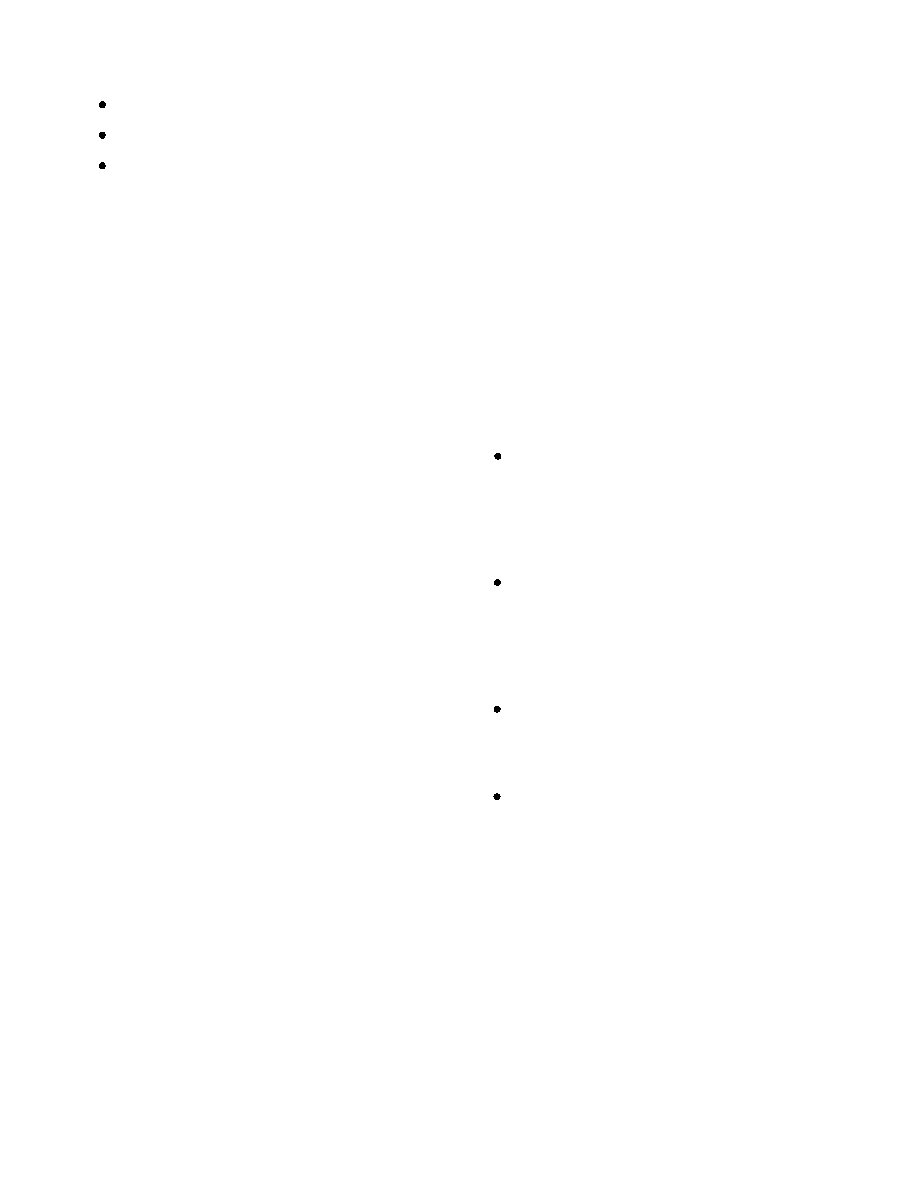
DOFMaster
for Windows
On-line
Depth of Field
Calculator
DOFMaster for Mobile Devices
On-line
Depth of Field
Table
Hyperfocal
Distance Chart
Articles
FAQ
Recommended
Books
Support
Contact
Links
Home
for Windows
On-line
Depth of Field
Calculator
DOFMaster for Mobile Devices
On-line
Depth of Field
Table
Hyperfocal
Distance Chart
Articles
FAQ
Recommended
Books
Support
Contact
Links
Home
As an Amazon Associate I earn from qualifying purchases.
![]()
divided into three categories:
movement toward or away from the camera is stronger
than lateral movement. More emphasis is created by
having the subject move toward or away from the
camera. Exits and entrances are more impressive when
they occur toward or away from the camera. Lateral
movement of a subject should always be lead with the
camera The viewer wants to know where the subject is
going, not where it has been.
pans, tilts, dollys, zooms, trucks, and pedestal
movements. Secondary movements are used to follow
primary movement, to change or adjust picture
composition, or to emphasize or dramatize something.
Secondary movements must have a valid purpose. Do
not make them just for something to do.
dolly-in to increase the size of an object gradually on the
screen or dolly-out to decrease the size of the object on
field of view. A zoom lens can be used for the same
purpose as a dolly. During a zoom, the camera does not
move; therefore, perspective does not change as it does
during a dolly.
camera-to-subject distance does not change.
with a view looking down on the subject or up at the
subject. A pedestal may also be used to compensate for
tall or short camerapersons or subjects.
cameras are used, you can select from a variety of
pictures and determine which picture is to be recorded
and when. When more than one camera is used, you
reaction in rapid or slow succession. The effect of
tertiary movement is accomplished through videotape
editing.
however, factors peculiar to video that more or less
influence television composition. These factors are as
follows:
relatively large so they can be seen clearly on a
small screen. You must shoot more extreme
close-ups (ECU), close-ups (CU), medium shots
(MS), few long shots (LS), and very few extreme
long shots (ELS).
changed so all picture elements must be
composed to fit it. The aspect ratio is the ratio of
picture height to width. There is no vertical
format in television. You must always think
horizontal format.
Therefore, camera movement, as well as the
static arrangement of elements within the frame,
must be considered.
be able to predetermine composition. Sometimes
the time the recording starts to the time the recording
stops. A shot may last a few seconds, several minutes,
or the entire program. A motion-video cameraperson
must always think in terms of shots.
Composition was covered earlier in chapter 5. The
Basic Photography Course

As an Amazon Associate I earn from qualifying purchases.
WWW.DOFMASTER.COM
© 2006 Don Fleming. All rights reserved.
© 2006 Don Fleming. All rights reserved.